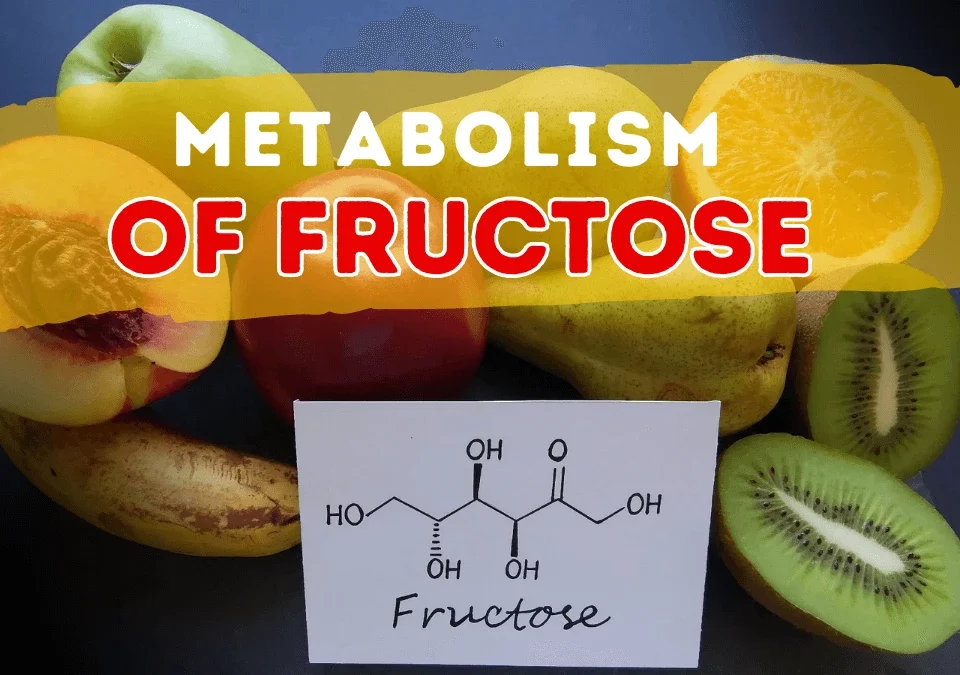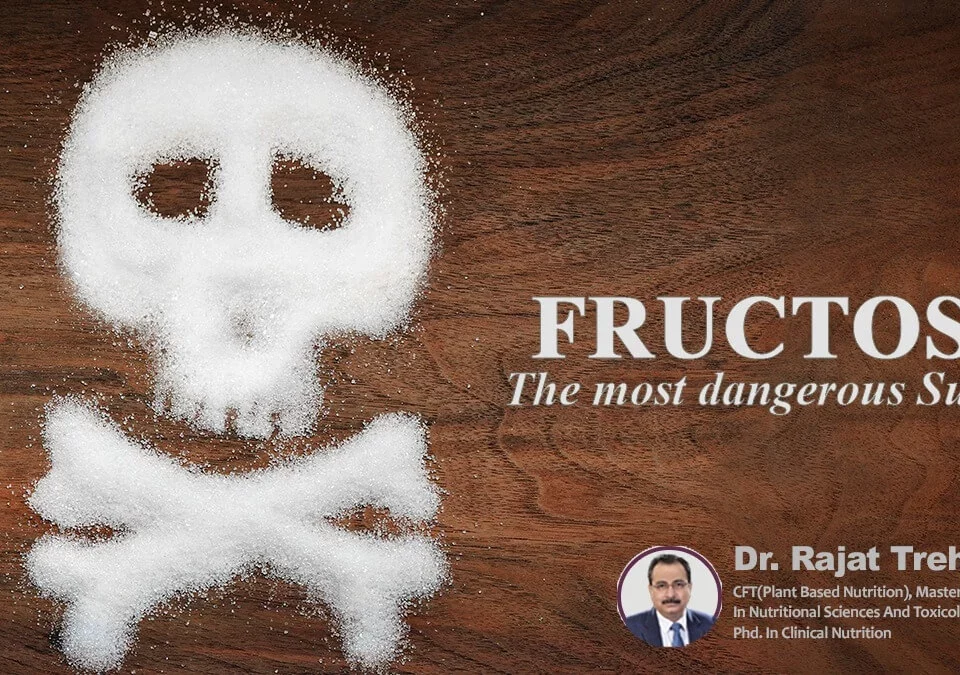Relationship between R.A & liver health

Garlic Extract Allicin Can Reduce Blood Cholesterol
January 7, 2023
Nutraceuticals & functional foods– What are they?
January 21, 2023Relationship between R.A & liver health
The liver is the most important and the largest solid organ in the body. It eliminates toxins from the blood, regulates blood clotting, maintains healthy blood sugar levels, and processes all kinds of medicines ingested.
When patients with arthritis experience liver damage, it is not always feasible to determine the cause - whether it is a hepatic manifestation of arthritis, associated primary liver disease or hepatotoxic liver disease which developed during arthritis treatment. Among these, liver damage during arthritis therapy is most common in the form of asymptomatic abnormal liver tests. In some cases, liver damage may progress to liver cirrhosis. Patients with arthritis are more prone to associated autoimmune liver disease.
It has also been suggested that some medications used in the treatment of rheumatology are often hepatotoxic. Thus, the original source of liver involvement remains in question in most cases. Nevertheless, timely diagnosis and treatment of liver disease in RA patients can significantly improve the outcome and benefit patients.
Rheumatoid Arthritis and Liver Disease
In most cases, hepatic involvement has been reported by people with rheumatoid arthritis and its variants. However, liver toxicity is not a very common manifestation in people with RA. Abnormal liver tests vary with disease activity and mainly include elevated alkaline phosphatase. About one-half of patients with rheumatoid arthritis has been diagnosed with mild inflammation and rarely fatty liver.
Like in SLE, drug-induced liver involvement is frequent in rheumatoid arthritis, especially when patients undergo nonsteroidal anti-inflammatory drugs (NSAID) and methotrexate therapy. In Felty's syndrome, liver involvement has also been reported as liver enlargement. Also, a rise in alkaline phosphatase has been reported.
Rheumatoid Arthritis Therapy-induced Liver Disorders
Many cases of concomitant liver disease have been reported in people undergoing therapeutic intervention in rheumatologic diseases. This is mostly because of the fact that the liver is the organ that filters toxicity from the body. The medicines may have long-term effects on the liver, and if not diagnosed well in time, the effects of liver diseases will manifest.
Recently, hepatitis virus reactivation and drug-associated liver injuries have been rapidly diagnosed and are becoming significant causes of liver involvement in rheumatology. Many potent immunosuppressants, such as biologics or hematopoietic stem cell transplantation, are the ones to be blamed.
Arthritis and the Risk of Fatty Liver
Fatty liver is a common condition. Its relation with inflammatory arthritis is thus not surprising.
However, having specific types of inflammatory arthritis may act as a risk factor for fatty liver disease. Inflammation caused by arthritis may be one of the reasons for these conditions. As per a new concept, people with an inflammatory condition in one part of the body can have similar effects in other parts. And thus, the liver may be one of those domains.
Taking methotrexate, a disease-modifying drug employed to treat rheumatoid arthritis and other inflammatory arthritis conditions, shows some relevance with NAFLD. This is because methotrexate can be toxic to the liver. Doctors thus closely monitor patients who are undergoing arthritis treatment with methotrexate. It is also advised to avoid alcohol or limit its intake while on methotrexate.
Fatty Liver Disease, Psoriasis, and Psoriatic Arthritis
People with these inflammatory conditions may be particularly at risk of developing NAFLD and liver damage. It is a well-known fact that psoriasis and psoriatic arthritis have some links with diabetes, obesity, and metabolic syndrome. These are also the risk factors for NAFLD. A study thus estimated that almost half of patients with psoriasis may have also developed NAFLD.
Conclusion
Among patients with systemic rheumatic diseases and connective tissue disorders, mild liver involvement may be present. This occurs due to the underlying disease activity, which is transient. Progressive liver involvement is often associated with the co-existence of viral hepatitis or autoimmune liver diseases.
One should consider testing for and diagnosing any overlapping diseases with hepatitic and/or cholestatic biochemical profiles that cannot be associated with liver involvement of a rheumatic disease or by coincidental infection or drug toxicity.







